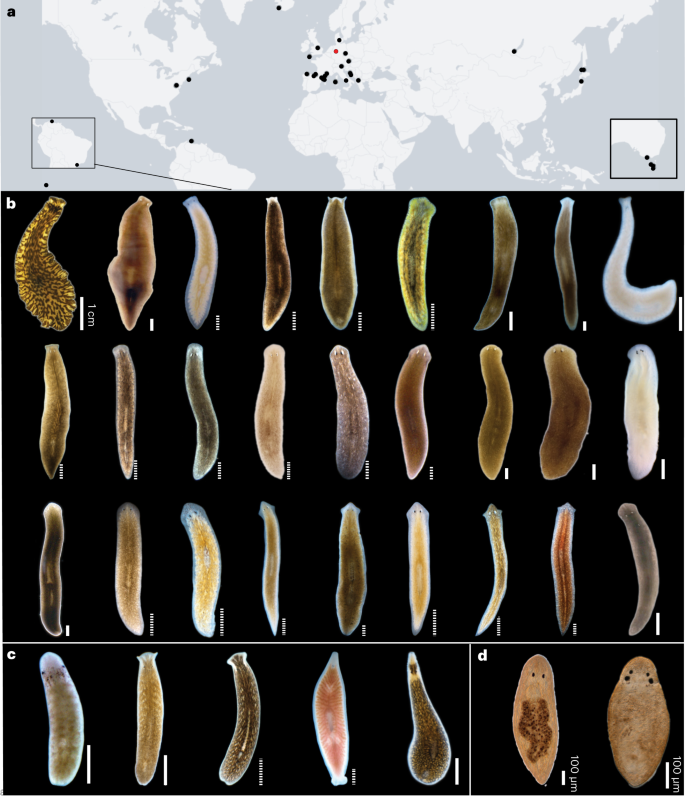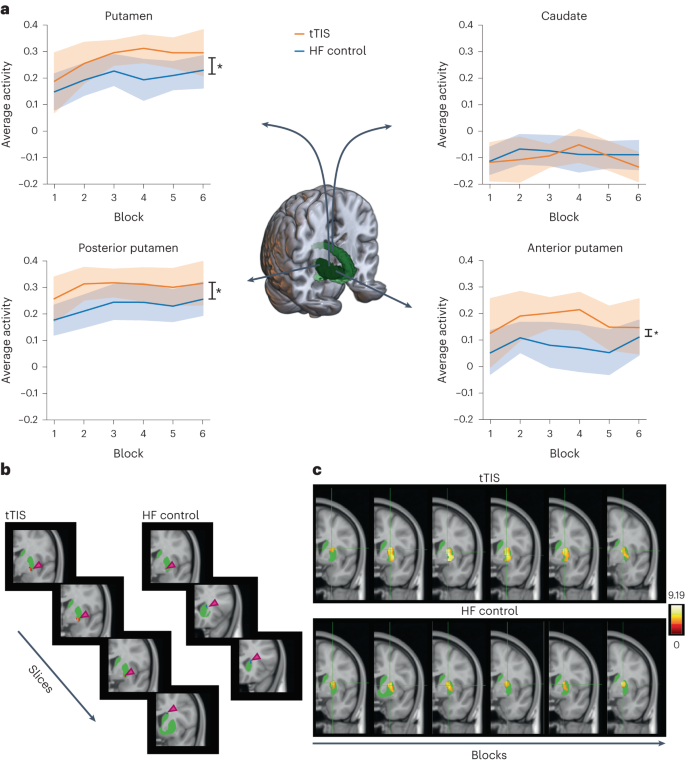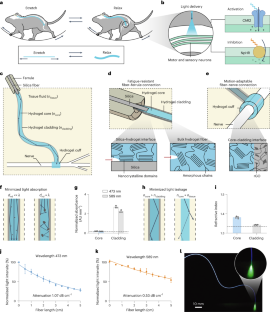2023-10-20 マックス・プランク研究所
◆研究者たちは、プラナリアの36種の頭部再生能力を調査し、3つのグループに分類。さらに、異なる種が頭部再生の能力を発展させたり失ったりする時期を調査し、進化が予想外に動的であることを発見。
◆研究はWntシグナル伝達経路の重要性を示し、再生能力と生殖系統の相互作用についても洞察を提供している。再生能力の獲得や喪失は、分裂を通じた無性の繁殖を促進するために進化した可能性がある。
<関連情報>
- https://www.mpg.de/20977630/1019-bich-why-some-worms-regenerate-and-others-do-not-17216463-x
- https://www.nature.com/articles/s41559-023-02221-7
プラナリア扁形動物における全身再生の進化ダイナミクス Evolutionary dynamics of whole-body regeneration across planarian flatworms
Miquel Vila-Farré,Andrei Rozanski,Mario Ivanković,James Cleland,Jeremias N. Brand,Felix Thalen,Markus A. Grohme,Stephanie von Kannen,Alexandra L. Grosbusch,Hanh T.-K. Vu,Carlos E. Prieto,Fernando Carbayo,Bernhard Egger,Christoph Bleidorn,John E. J. Rasko & Jochen C. Rink
Nature Ecology & Evolution Published:19 October 2023
DOI:https://doi.org/10.1038/s41559-023-02221-7

Abstract
Regenerative abilities vary dramatically across animals. Even amongst planarian flatworms, well-known for complete regeneration from tiny body fragments, some species have restricted regeneration abilities while others are almost entirely regeneration incompetent. Here, we assemble a diverse live collection of 40 planarian species to probe the evolution of head regeneration in the group. Combining quantification of species-specific head-regeneration abilities with a comprehensive transcriptome-based phylogeny reconstruction, we show multiple independent transitions between robust whole-body regeneration and restricted regeneration in freshwater species. RNA-mediated genetic interference inhibition of canonical Wnt signalling in RNA-mediated genetic interference-sensitive species bypassed all head-regeneration defects, suggesting that the Wnt pathway is linked to the emergence of planarian regeneration defects. Our finding that Wnt signalling has multiple roles in the reproductive system of the model species Schmidtea mediterranea raises the possibility that a trade-off between egg-laying, asexual reproduction by fission/regeneration and Wnt signalling drives regenerative trait evolution. Although quantitative comparisons of Wnt signalling levels, yolk content and reproductive strategy across our species collection remained inconclusive, they revealed divergent Wnt signalling roles in the reproductive system of planarians. Altogether, our study establishes planarians as a model taxon for comparative regeneration research and presents a framework for the mechanistic evolution of regenerative abilities.


